Where Vikings in Russia live like they did 1,000 years ago
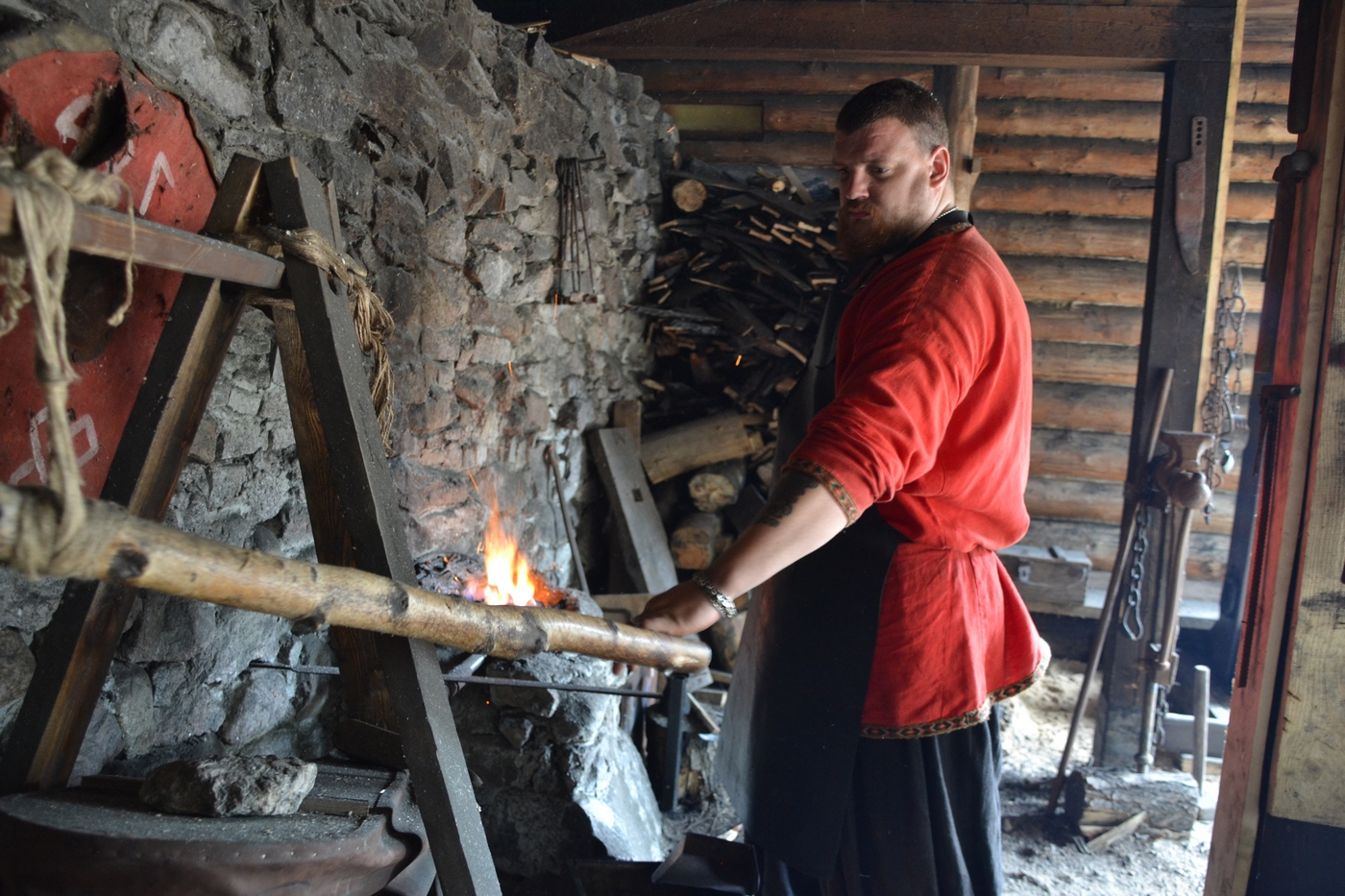
Voldemar: “Does anybody want to have a fight with our smith? No-one? You are right not to." Photo: A man works in a smithy.
Anastasia SemenovichIt may be well over a thousand years since the Vikings – known here as the Varangians – came to Russia, but in one tiny corner in the northwest of the country, close to the Finnish border, it is as if time has stood still – a Varangian fortress stands among the trees.
Visitors to the Svargas fortress will encounter granite boulders, severe-looking “Varangian” Vikings with long beards, and an arsenal full of axes, swords and chain mail. There is a smithy and a stone kitchen, a bread oven, and goats grazing nearby. The symbols of modern civilisation have not reached here. There is no electricity, gas or any other amenities considered modern.
Going back in time to this world of the Varangians is simple
Varangians were a group of Vikings who ruled the medieval state of Kievan Rus' from the 9th to the 11th century. The 12th-century Kievan Primary Chronicle records that a group of Varangians – the Rus' – was invited to settle in Novgorod in 862 under the leadership of Rurik, whose relative Oleg established the proto-Russian state of Kievan Rus' in 882.
Board a packed commuter train from St. Petersburg to Vyborg (85 miles northwest of St. Petersburg), then take a ‘Svetogorsk’ bus and get off at the stop between Petrovskoye Lake and the Vuoksa river.
Built by enthusiasts over 10 years ago as an “alternative archaeology” site, the Svargas fortress is a scale model of a Varangian settlement from the early 11th century: Visitors can spend a day (a month or even a year) here recreating the 1000 – year old lifestyle that Varangians lived.
Special energy
“My name is Goeling. I’ve been coming here for five years” [the fortress itself was built 10 years ago], said the local blacksmith, whose real name is Alexander Rusakov.
“It all began very simply. My friends and I were passing this place and decided to stop and have a look at what appeared such an interesting site. We had a sword fight, threw some axes. After that I started coming here on a regular basis. This place has a good, a special energy about it.”
At home, in Vyborg, Rusakov has a wife and a child, “a regular family,” as he puts it. But he has always been attracted by medieval life and spends all his free time here, in Svargas.
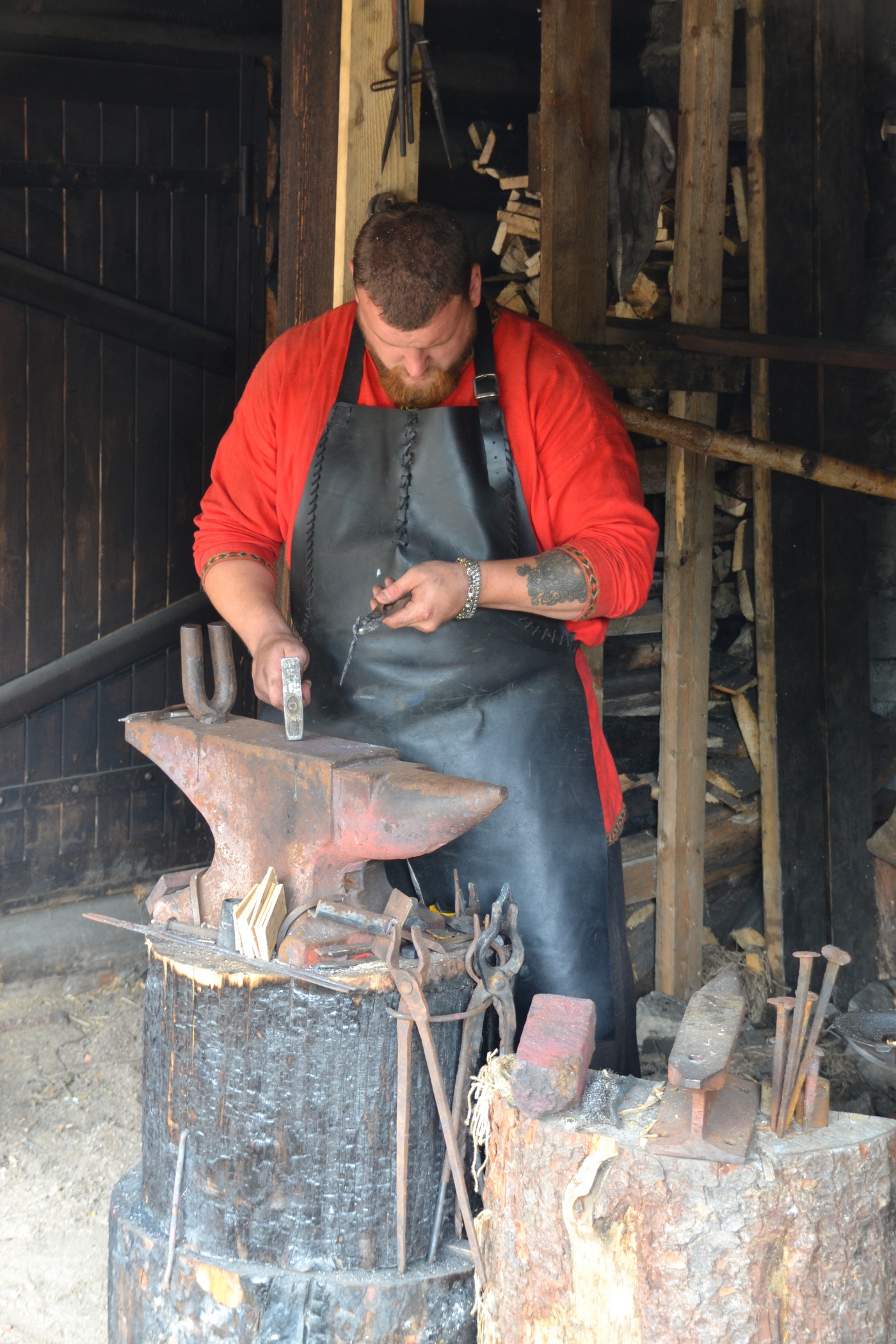
Also, he makes many useful things for everyday life here; like door handles and small metal objects. Other residents make leather goods similar to those used in the 10th century. Even the food cooked here replicates the original “Varangian porridge.”
Svargas does not receive any funding from the state. Everything is run and maintained through private contributions and donations. Volunteers even carry out construction work themselves, without any outside help. There are some 30 people at Svargas at any given time, with some of them living on the estate.
Too many myths
Surprisingly, residents of Svargas are not so keen on historical re-enactment.
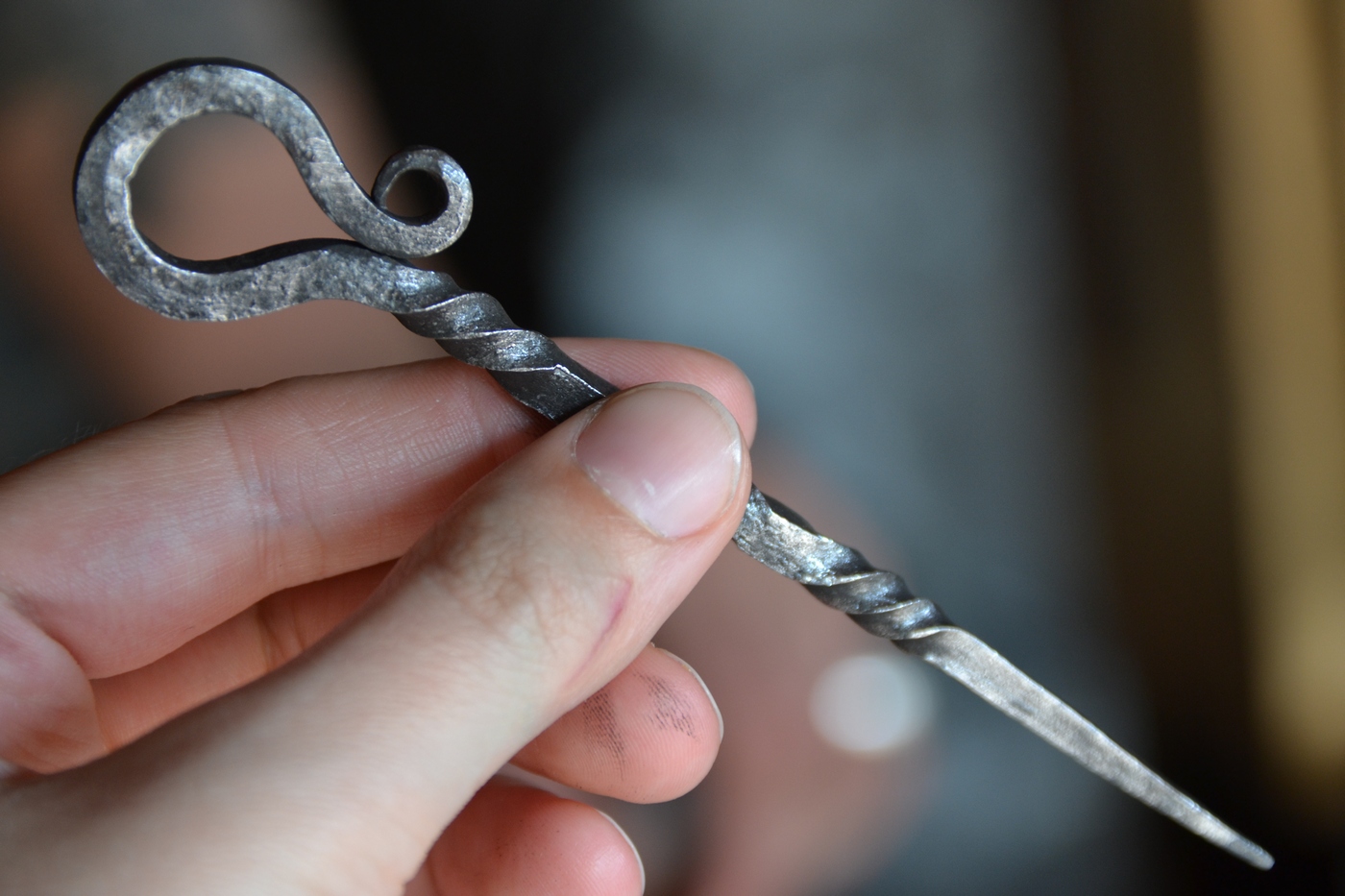
Svargas residents want to “work out their feelings” and to tell children about history. They invite pupils from nearby schools with their history teachers to come and visit. Nikolayev said for him, “it all began” as “a big sandbox for a kid.” His son Yegor was seven when he, fascinated by Viking history and the early Middle Ages, decided to build a fortress.
In 2008, Nikolayev got to know Professor Anatoly Kirpichnikov, the author of a classification of early medieval weapons. Since then, Svargas has moved away from historical re-enactment and evolved into a lifestyle for its residents, while Kirpichnikov has become an honorary konung (sea-king) of Svargas and advises the place and its residents on details of the everyday life of that period.
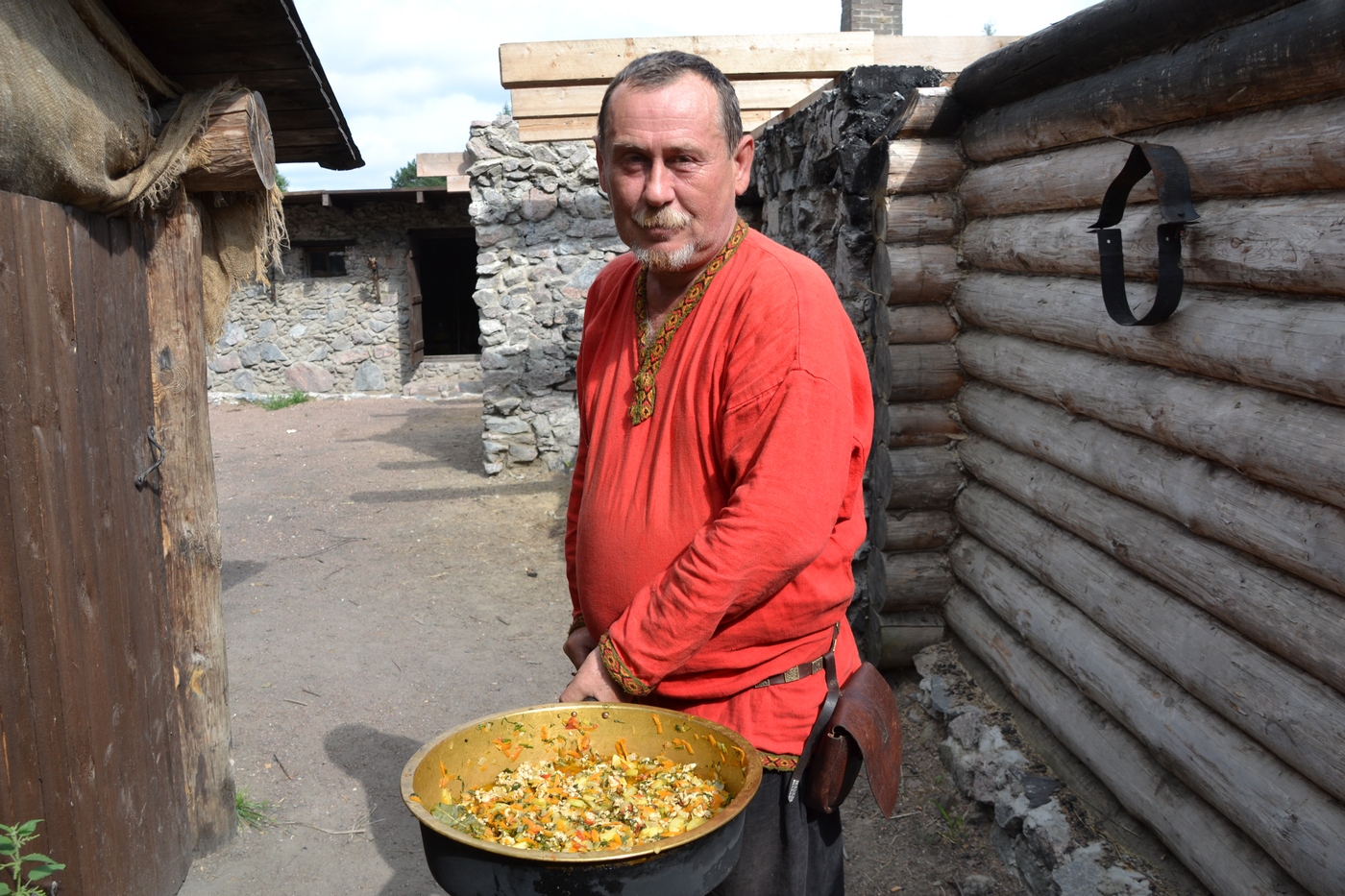
Who wants to challenge the smith to a fight?
In the arsenal, surrounded by cool stone walls and candlelight, “Voldemar” the keeper shows off different axes, swords “like those used by Carolingians” (the Frankish aristocrats who ruled Western Europe in the 8th and 9th centuries), and explains what chain mail should look like (it turns out that what they show in films is all wrong).
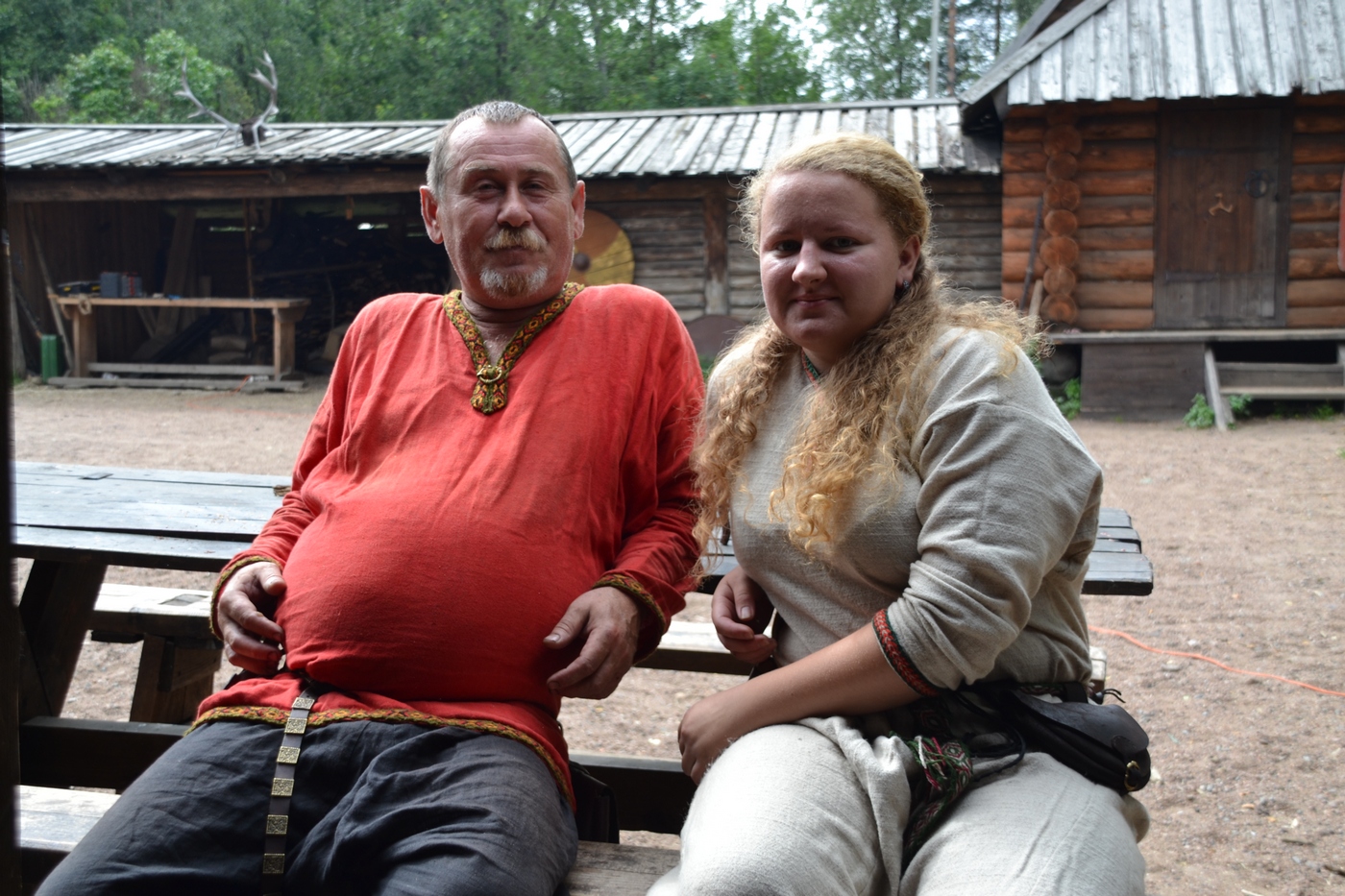
“Varangians settled all issues with a fight. Two men would go outside the gate and only one would return,” said Voldemar. “Does anybody want to have a fight with our smith? No one? You are right not to.”
All rights reserved by Rossiyskaya Gazeta.
Subscribe
to our newsletter!
Get the week's best stories straight to your inbox